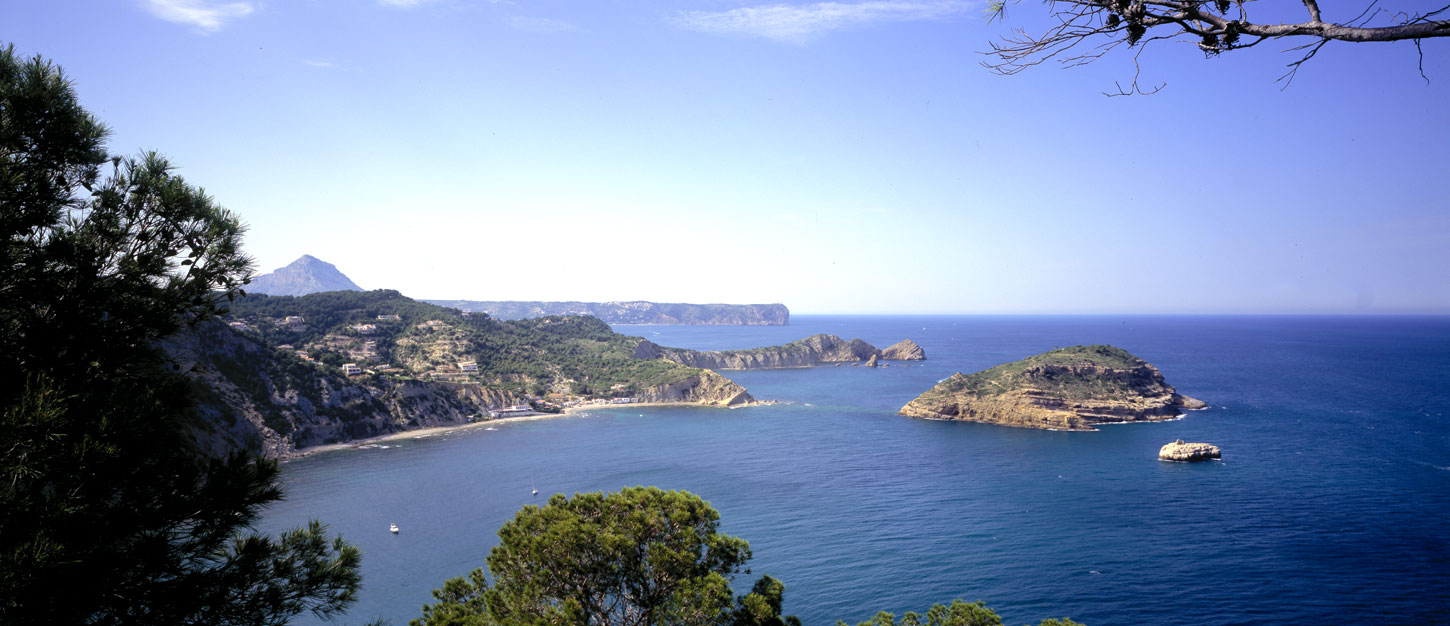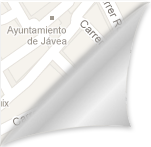

Ermitas (Hermitage) from 18th Century
The 18th Century was a period marked by demographic and economic growth in which powerful families and small farm owners built these hermitage. They are simple with small dimensions and rectangular floor plan; they have an additional room (Sacristy) on the sides or rear section, gable roof and the employed materials are solid “tosca" sandstone, limestone, plaster and brick.
Of the six hermitages built in the 18th Century, only St. Jeroni (St. Jerome) and St. Vicent(St. Vincent) at les Cansalades have perished. The others are still maintained with major or minor modifications. They are private property: Sant Antoni (St. Anthony) in Benitzaina, Sant Hermenegild (St. Hermenegild) and Sant Martí (St. Martin) in Cap Martí, Sant Sebastià (St. Sebastian) in Rebaldí, Sant Jaume (St. James) in els Julians.
The sole municipal owned property is the Hermitage of Sto. Cristo del Calvario (Holy Christ of Calvary), by the Dénia road. The original hermitage was built in 1770 (18th Century), but in the mid-19th Century (1849-1857), it underwent changes which gave rise the present hermitage. Its façade has large proportions, where we highlight the overlapped combination of diverse geometric figures in the complex. Its floor plan is a Greek cross crowned by a blue glass tiled dome on pendentives. It houses the image of Jesús Nazareno (Jesus of Nazareth).







